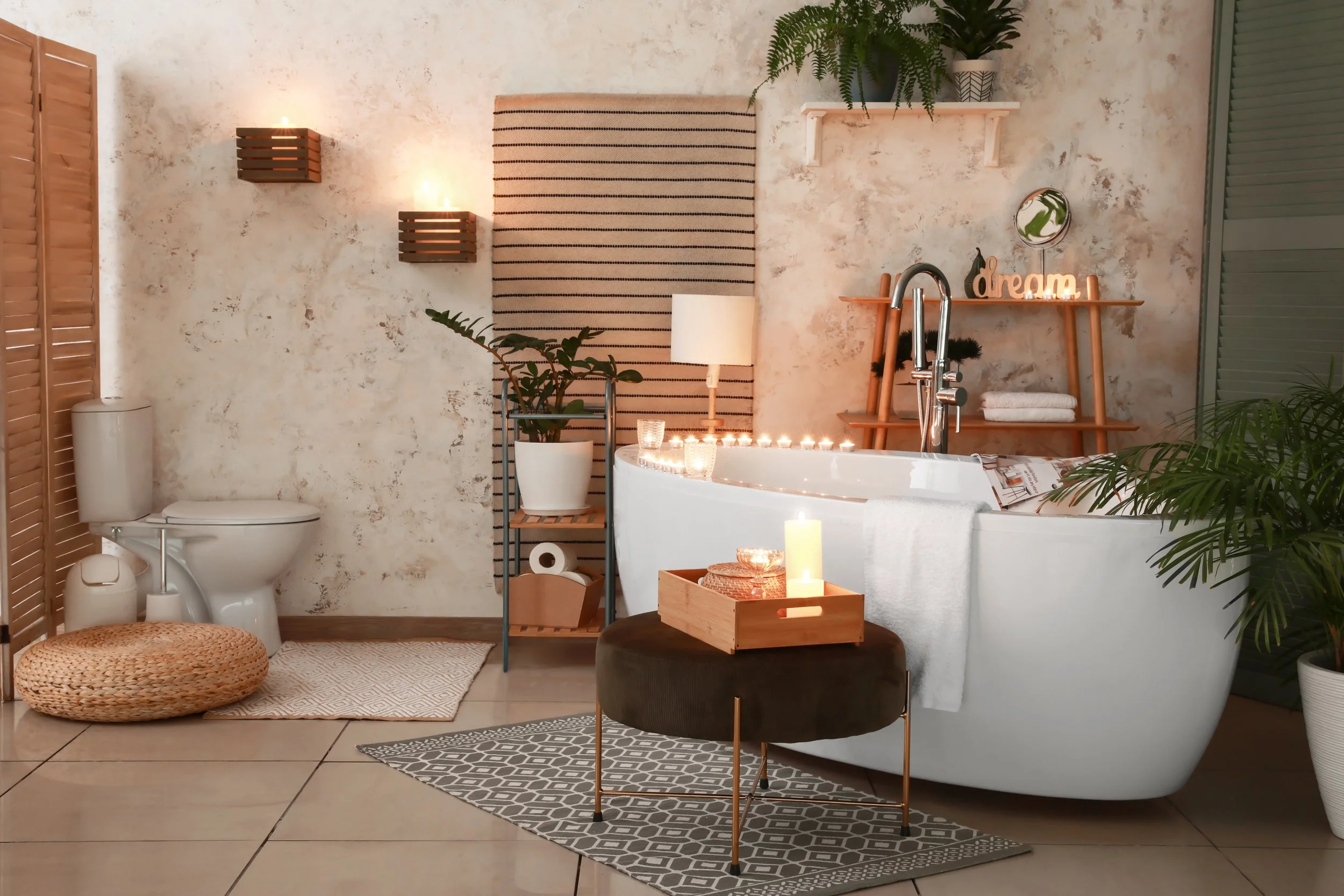How to Make Your Home a Sanctuary: Tips for a Stress-Free Space
In today’s fast-paced world, your home should be more than just a place to sleep—it should be a sanctuary.
A peaceful home can provide rest, restore your energy, and reduce the stress of everyday life.
Fortunately, creating a calming, stress-free space doesn’t require a major renovation. With a few thoughtful changes, you can turn your home into a true haven of comfort and tranquility. Here’s how to do it.
1. Declutter Your Space
Clutter is one of the biggest culprits of stress in the home. Too much visual stimulation can overwhelm your senses and make it hard to relax.
Start by decluttering high-traffic areas like countertops, entryways, and coffee tables. Keep only what you love or use regularly, and store or donate the rest.
A tidy, organized space instantly feels calmer and more in control.
2. Create a Cozy, Comfortable Atmosphere
Comfort is key to creating a sanctuary.
Soften your space with cozy elements like plush throw blankets, textured pillows, and soft rugs. Layer lighting with lamps and candles for a warm, inviting glow.
Choose furniture that encourages lounging and relaxation—like an oversized reading chair or a cushy sofa where you can unwind at the end of the day.
3. Incorporate Nature Indoors
Bringing nature inside is one of the easiest ways to create a serene home. Houseplants not only improve air quality but also promote a sense of calm and well-being.
Even a single leafy green in the corner of a room can have a big impact. If you don’t have a green thumb, opt for low-maintenance plants like snake plants, pothos, or succulents.
4. Use Calming Colors
Color has a powerful effect on mood.
To create a soothing atmosphere, stick to soft, neutral palettes like whites, grays, beiges, and pastels. Shades of blue and green are especially calming and work well in bedrooms, bathrooms, and living rooms.
If you love bold colors, use them as accents to add warmth and personality without overwhelming the space.
5. Establish Technology-Free Zones
While technology can keep us connected, it can also increase stress and disrupt rest. Designate areas of your home—such as the bedroom or dining room—as screen-free zones.
Use these spaces to unwind, connect with loved ones, or enjoy quiet activities like reading, journaling, or meditation. Limiting screen time helps your brain disconnect and recharge.
6. Scent the Space for Serenity
Scent plays a significant role in how we feel. Use essential oils, candles, or diffusers to infuse your home with relaxing aromas like lavender, eucalyptus, or sandalwood.
Scented elements can turn an ordinary space into a spa-like retreat and signal to your body that it’s time to relax.
7. Create a Personal Retreat Space
Designate one spot in your home as your personal retreat. It could be a reading nook, a meditation corner, or even a cozy chair by the window.
Keep this space clutter-free and filled with things that make you feel at peace—books, a journal, calming music, or a favorite blanket.
Time to Relax
Creating a sanctuary at home isn’t about perfection—it’s about intention.
By making small, mindful adjustments to your environment, you can design a space that soothes your soul and supports your well-being.
When your home feels like a haven, it becomes the perfect place to rest, recharge, and truly be yourself.

